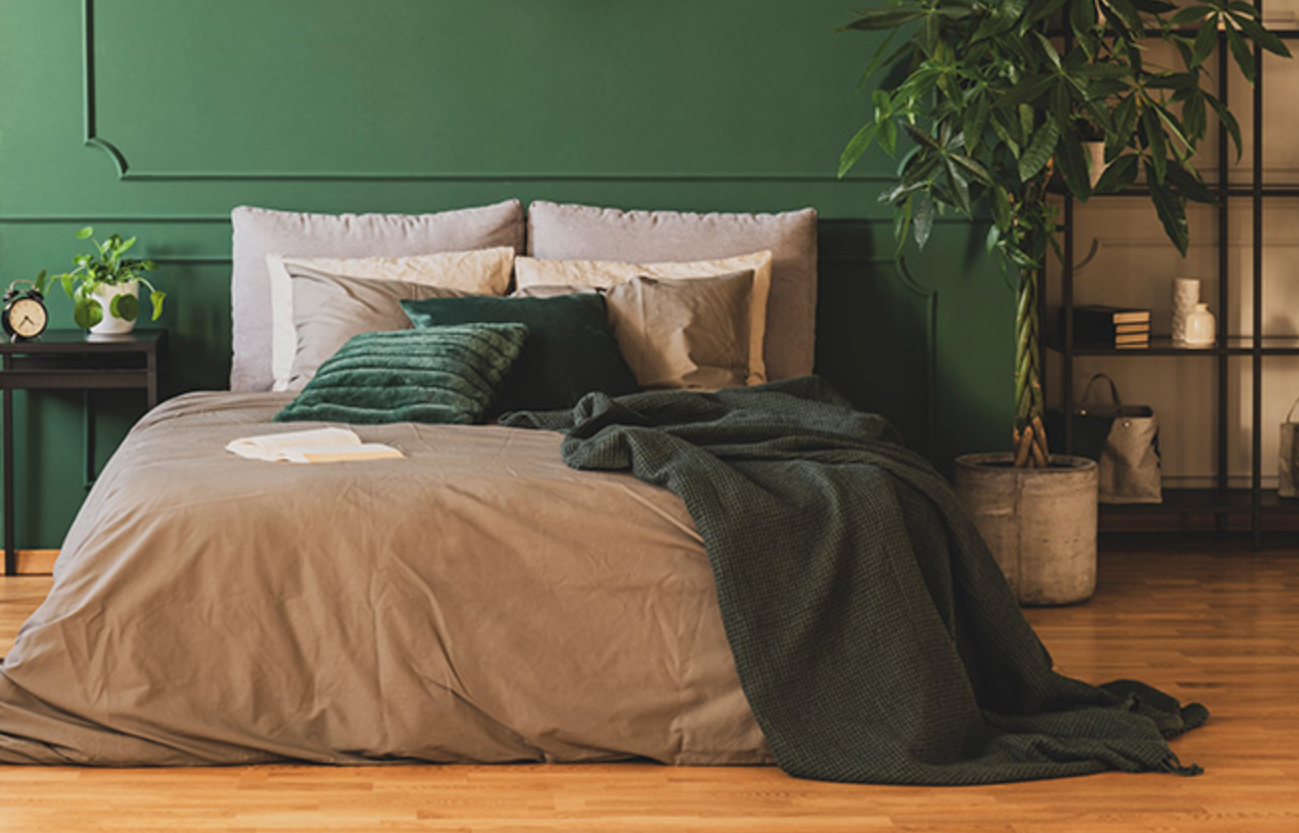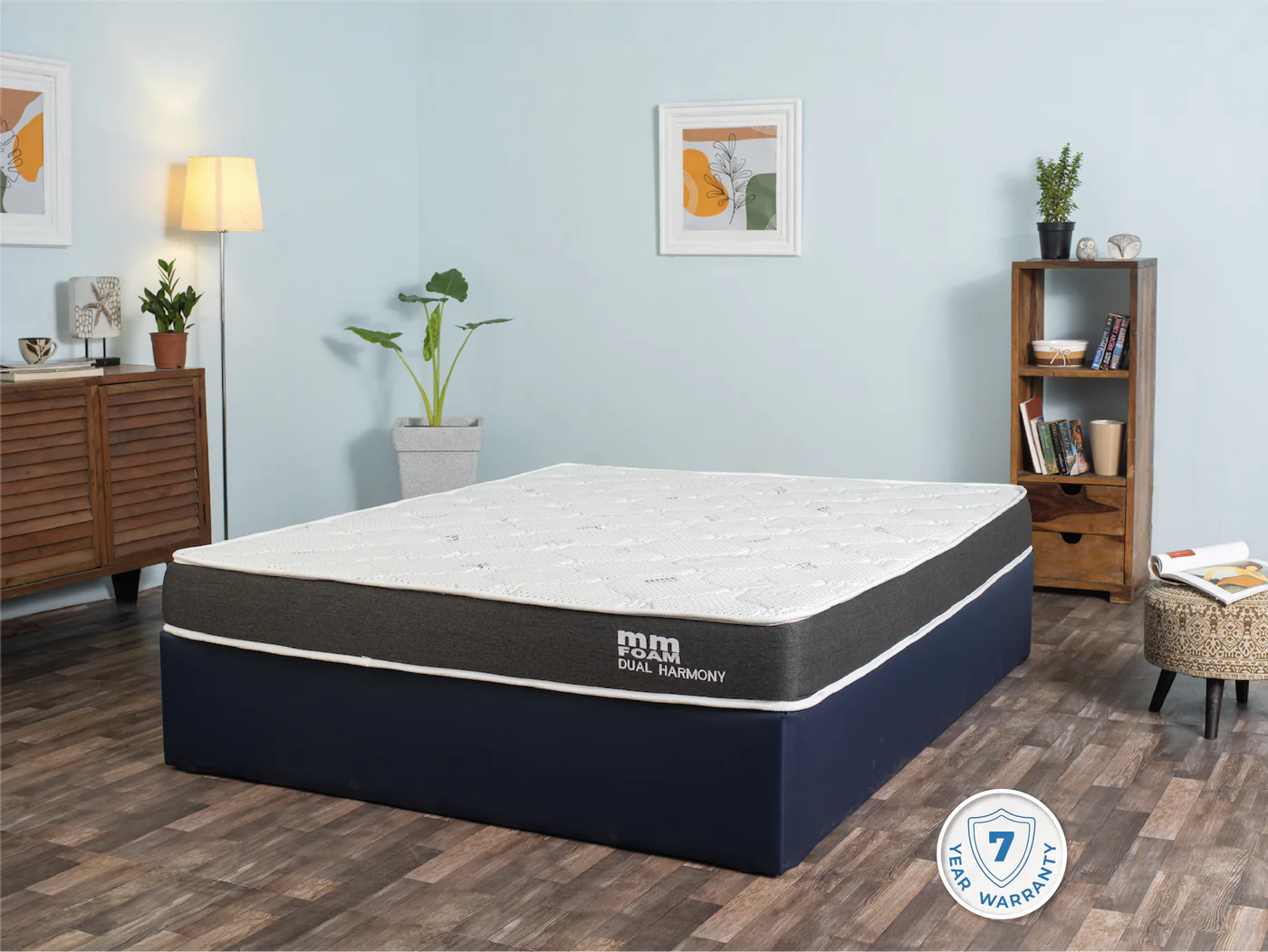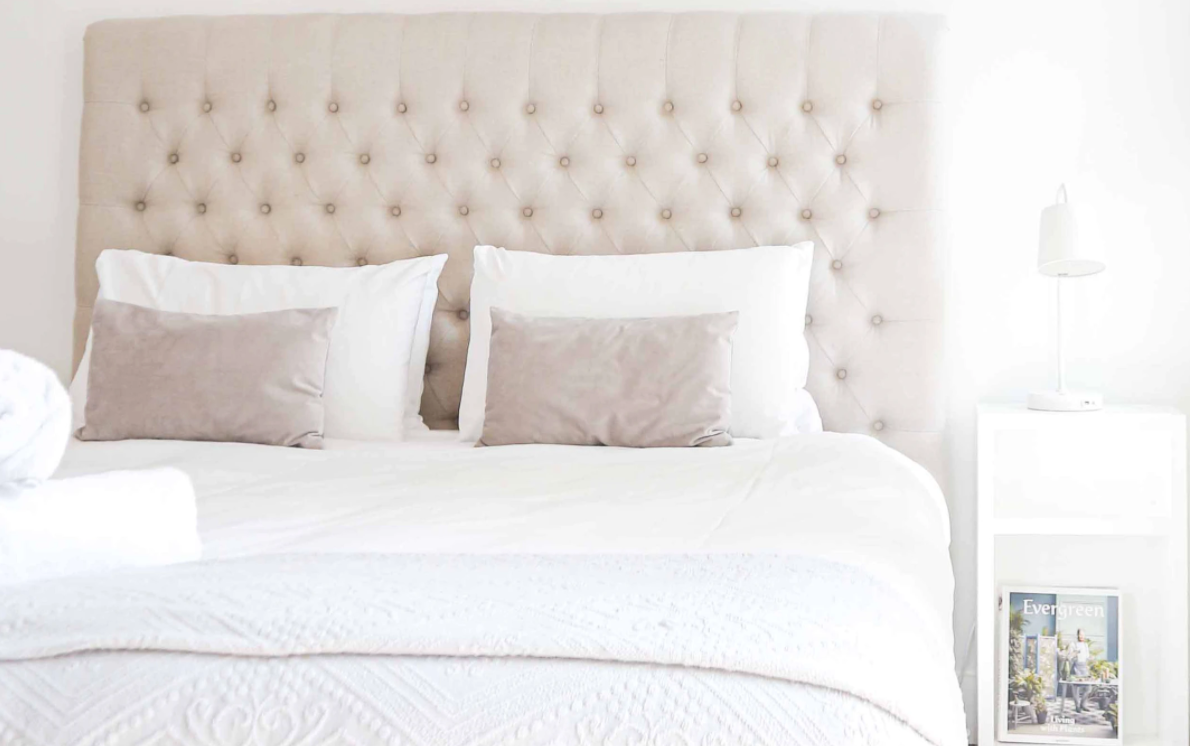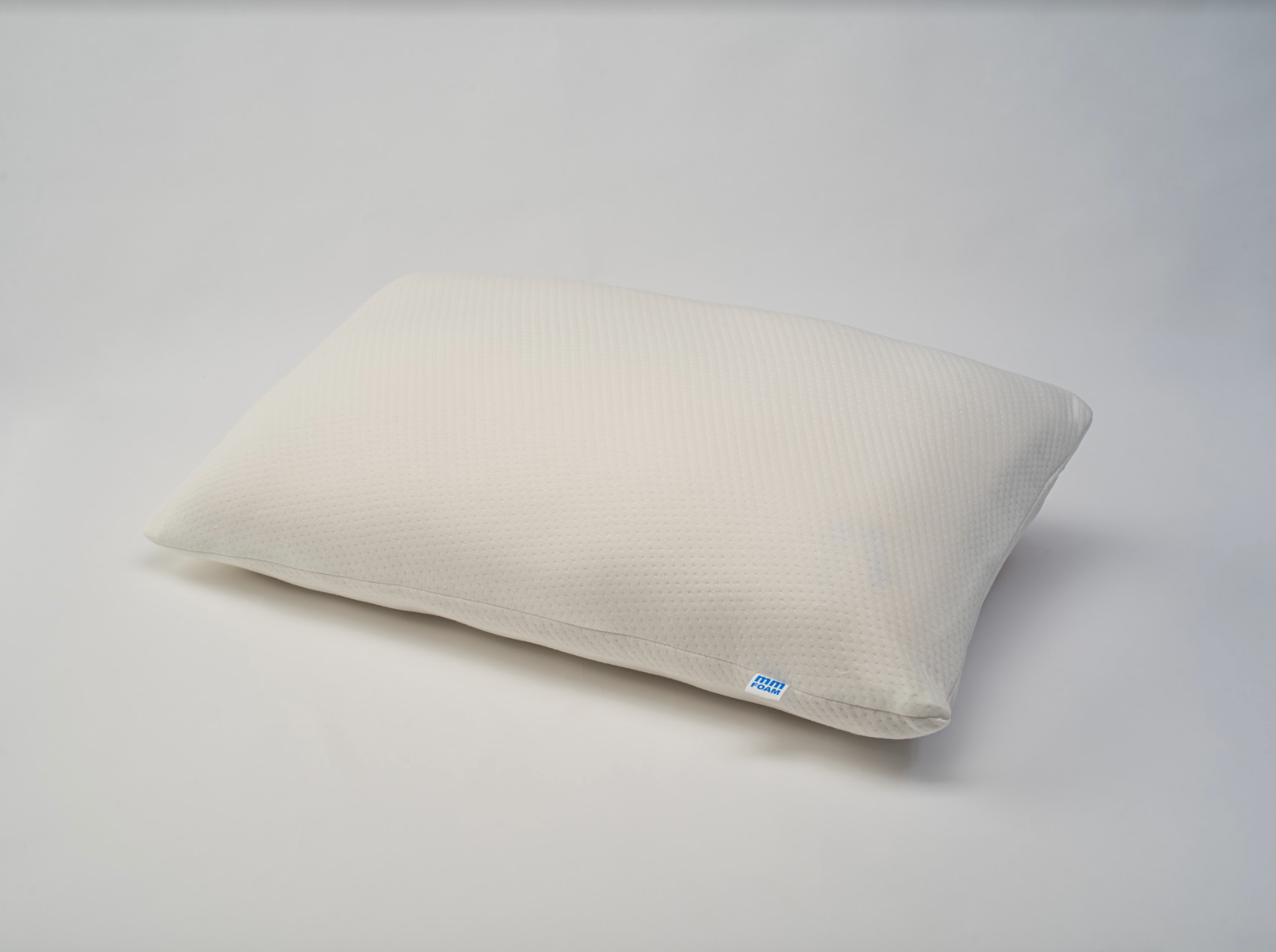Your cart is empty
Looks like you haven't added anything to your cart yet

Uncovering 5 Myths Around Latex Mattresses: What You Need To Know
Latex mattresses are slowly but surely gaining popularity across the world. According to a report by Grand View Research, the global latex mattress market size was valued at USD 11.01 billion in 2023 and is projected to grow at a CAGR of 4.9% from 2024 to 2030. These numbers can be attributed to several factors, including rising consumer awareness around the benefits of latex.
However, the flipside of increasing popularity is the inevitable spread of misconceptions and myths. Consumers often grapple with conflicting opinions and believe false information about latex mattresses and their characteristics.
This blog aims to debunk some common myths around latex mattresses. So, if you’re someone who’s in the market for one, or simply curious, this piece will help you make an informed decision and give you the clarity you need.
Let’s get into it!
Top 5 myths around latex mattresses
Myth 1: Latex mattresses are too firm
This is perhaps the most widespread myth – that latex mattresses are too firm and uncomfortable since they are derived from rubber. This misunderstanding likely arises from earlier latex mattress models, which were possibly firmer thanks to the manufacturing process available at the time.
However, today, latex mattresses come in a variety of firmness levels. Note that the firmness of a latex mattress depends largely on its density and composition. Natural latex, for instance, is typically available in a range of densities, allowing manufacturers to create softer or firmer mattresses based on customer needs. Talalay latex, a popular type of natural latex, is often softer and more pliable, whereas Dunlop latex tends to be firmer and more supportive. In short, it’s now easy to find a latex mattress that suits all kinds of individual preferences!
Myth 2: Latex mattresses retain heat
This is another common (and misplaced) concern. While it’s true that heat retention can be an issue with certain kinds of mattresses, especially memory foam, latex does a better job of remaining at a neutral temperature.
Natural latex is derived from the sap of rubber trees and has an open-cell structure, which promotes airflow throughout the mattress. This breathability helps to dissipate heat, ensuring a cooler sleeping experience.
What’s more, several latex mattresses are now manufactured with additional features that improve their cooling properties,such as pinholes or channels that allow for even better ventilation. Some mattresses also incorporate breathable fabrics or moisture-wicking covers that further contribute to a cooler sleep environment.
The truth is, then, that for those living in warmer climates or dealing with seasonal heat, a latex mattress can actually provide a more comfortable and cooler alternative to other materials!
Check out our blog on the best mattress for summer
Myth 3: Latex Mattresses Are Not Environmentally Friendly
We live in an age of heightened environmental awareness, and consumers are now mindful about the sustainability of their purchases. Thus, this myth that latex mattresses aren’t as eco-friendly as other materials can deter environmentally conscious buyers.
This misconception likely stems from confusion between synthetic latex and natural latex. Synthetic latex is derived from petrochemicals, making it less sustainable. However, natural latex, which comes from the sap of the rubber tree (Hevea brasiliensis), is an inherently renewable and sustainable resource. Rubber trees can even be tapped for sap without being cut down, and they can produce latex for up to three decades!
Natural latex is also biodegradable, which means that it will break down over time and not contribute to long-term waste in landfills. What’s more, many latex mattress manufacturers follow eco-friendly practices, such as obtaining certifications like the Global Organic Latex Standard (GOLS) to ensure that the latex is sourced responsibly.
In contrast, synthetic materials like memory foam are derived from non-renewable petroleum resources and often contain harmful chemicals that can off-gas into the environment. So if you’re looking for a mattress that’s kind to you and to the environment, natural latex is the way to go!
Explore our range of latex mattresses here
Myth 4: Latex mattresses are too expensive
Most people believe that latex mattresses are prohibitively expensive when compared to mattresses made of other materials. This is true when you consider the up-front costs of a latex mattress. However, in the long-term, they prove to be the more cost-effective choice overtime.
Latex mattresses retain their shape and support even after many years of use, which means that customers save money in the long run since they don’t have to replace their mattresses as frequently.
This is because latex mattresses are well-known for their durability, often lasting over 15 years with the proper care. Innerspring or memory foam mattresses last about 7-10 years at the most.
Moreover, many latex mattresses come with extending warranties that are sometimes as long as 20 to 25 years. This long-term durability, combined with their several benefits such as comfort, temperature regulation, and sustainability, makes latex mattresses a wise investment for many buyers.
Learn more about the our best-in-market warranties
Myth 5: All latex mattresses are the same
Many believe that all latex mattresses are identical, no matter the manufacturer or the type of latex used. The truth is though, that there are significant differences in the types of latex mattresses available in the market.
As mentioned earlier, natural latex mattresses are made using either Dunlop or Talalay latex, each with its own unique characteristics.
The final myth is the belief that all latex mattresses are identical, regardless of the manufacturer or type of latex used. In reality, there is considerable variation in the types of latex mattresses available, and understanding these differences is essential to making the right choice.
Dunlop latex tends to be denser and more supportive, making it ideal for those who prefer a firmer mattress. Talalay latex, on the other hand, has a lighter and more responsive feel, making it suitable for sleepers who prefer a softer surface.
Besides the type of latex, mattresses can vary construction, with some models featuring latex layers combined with other materials like wool or organic cotton for added comfort and breathability.
Lastly, it’s crucial to distinguish between 100% natural latex and blended or synthetic latex. Natural latex mattresses, especially those certified organic, are typically more durable and eco-friendly than their synthetic counterparts, but they may also come at a higher price point.
Read more on the benefits of sleeping on a latex mattress
Conclusion
Latex mattresses offer numerous benefits, but like any product, they are often surrounded by myths and misinformation. Now that we’ve debunked these popular myths, it’s clear that latex mattresses stand out in all aspects. Whether you’re looking for superior comfort, a sustainable option, or a long-lasting mattress, latex is a worthwhile consideration. Always research the type of latex and the manufacturing processes used to ensure you’re making the best choice for your needs!
If you’d like to take the leap and get your very own latex mattress, visit www.mmfoam.com today!
- Choosing a selection results in a full page refresh.









